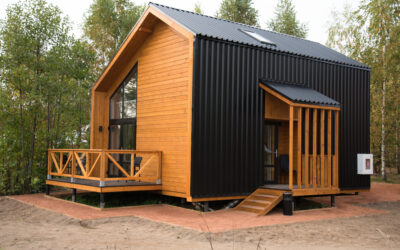What are the tax and investment considerations for a Granny Flat above versus a Tiny Home below? Income Tax Return Reporting - Income Streaming Tiny Homes Tiny home ownership does not have to follow the ownership interest of the underlying property ownership. For...
Property Developments – Profit Margins & GST Margins Schemes – how does it work together?
Don the developer
Don has decided to go into the business of buying residential houses with the view to develop small unit complexes. Don seeks advice, registers for GST and on the 1 February 2010 Don buys a home on a 1200m2 block from John & Mary for $600,000. As the sale to Don from John & Mary was not a taxable supply (in the course of the sellers business) as it was the sale of a private home. No GST was charged on the sale, and hence the GST Margin Scheme is available to be utilised by Don.
Don’s Development Costs
Don applies to the local council for Development Approval (DA) to build 4 units which takes 6 months and cost Don $100,000 to get through council. Don enlists the help of a local real estate agent to ensure the design of the unit complex is ideal for the local market in size and layout and at a selling pricing point to meet anticipated market demand in the area. Don settles on designs, selling prices of $695,000 per unit on average
The project is completed around April 2011, and all units sold by June 2011 for $2,780,000.
Don’s development costs after the house & land were stamp duty $20,000, DA $100,000, building costs $280,000 per unit, interest and bank fees of $150,000, selling & marketing costs of $120,000, totaling $1,510,000.
GST Margin Scheme
Sales less Purchase = $2,780,000 (4units@$695Kea) – $600,000 (house & land only)
$2,180,000 (Margin ) then 1/11 thereafter is $198,181 the GST (reported on the June BAS).
Profit Margin
(for this exercise let’s assume all development costs are net of GST, which has already been claimed back during the project on each BAS).
$2,180,000 (GST Margin Scheme) – $198,181 (GST) – $1,510,000 (development costs) results in a profit of $471,819 , as apposed to being classified as a capital gain, as the project was an enterprise rather than a passive investment.




